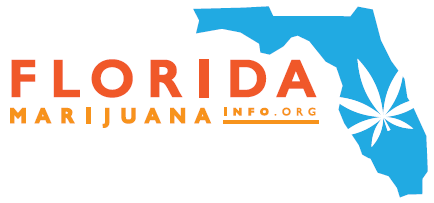Marijuana Statistics
What is Marijuana?
Marijuana refers to the dried leaves, flowers, stems and seeds of the hemp plant; its biological name is Cannabis sativa. People have been cultivating marijuana since before history has been recorded: the earliest written reference is found in the Chinese Pharmacopeia, from the 15th Century BCE.1
Under U.S. law, marijuana is a controlled substance. However, in 20 states and the District of Columbia, marijuana for medical use is legal. Another 15 states, including Florida, currently have pending legislation or ballot initiatives to legalize medical marijuana.
So far, two states—Washington and Colorado—have legalized recreational use of marijuana, and several others, including Alaska and Hawaii, are reviewing the issue.
Let’s look at some interesting statistics below behind marijuana use in the United States.
Interesting Marijuana Statistics
Marijuana Usage
-
Marijuana is the most commonly used illicit drug in the United States (under federal definition).
-
7.3% of Americans 12 years or older regularly used marijuana in 2012, up from 7% in 2011 and 5.8% in 2007.2
-
25 million Americans have smoked marijuana in the past year.3
-
More than 14 million Americans regularly smoke marijuana.3
-
Marijuana is the third most popular recreational drug, behind alcohol and tobacco.3
Marijuana vs. Alcohol and Tobacco
-
Annual deaths from alcohol poisoning: 50,000
-
Annual deaths attributed to tobacco: 400,000
-
Annual deaths attributed to marijuana: 0
Marijuana and the Law
-
Annual cost to taxpayers of enforcing marijuana prohibition: $10 billion
-
Percentage of drug arrests in 2010 for marijuana: 52%5
-
Percentage of the 8.2 million marijuana arrests from 2001 to 2010 that were for possession: 88%5
-
Likelihood of blacks being arrested for marijuana possession, compared to whites: 3.73 times more likely, despite roughly equal usage rates.5
Teen Marijuana Use
-
In 2013, 7% of 8th graders, 18% of 10th graders and 22.7% of 12th graders reported using marijuana in the past month.
-
In 2008, 5.8% of 8th graders, 13.8% of 10th graders and 19.4% of 12th graders reported using marijuana in the past month.
-
Daily use by 12th graders in 2013: 6.5%
-
Daily use by 12th graders in the mid-2000s: 5%
-
Current cigarette smokers among high school students: 9.6%
Tax and Energy Benefits of Legal Marijuana
-
Estimated annual federal and state tax revenue of legal marijuana: $8.7 billion4
-
Annual energy expenditures from indoor Cannabis production in the U.S.: $6 billion7
-
Reduction in energy production with legal, commercial cultivation methods: up to 75%7
What’s Happening in Colorado by the Numbers
-
Colorado’s estimated total marijuana sales: $1 billion per year
-
Colorado’s estimated recreational marijuana sales: $610 million per year
-
Estimated annual tax revenue from marijuana in Colorado: $134 million
Pros and Cons of Florida Marijuana Legalization
Proponents of marijuana legalization in Florida point out benefits such as a reduction in marijuana arrests and related expenses, along with increased tax revenues from sales of legal marijuana. Opponents say that in states where marijuana use is legal, the rate of teen use is increasing. Typically, opposing sides on any issue can find statistics to support its position. When researching marijuana legalization, use caution and find sources you trust like http://floridamarijuanainfo.org.
Did any of these statistics surprise you? We invite your comments below!
Sources:
1 ProCon.org
2 USA TODAY, 09.05.2013
3NORML.org
4 Cato.org, The Budgetary Impact of Ending Drug Prohibition
5ACLU.org
6 National Institute on Drug Abuse
7 Evan-Mills.com, Energy up in Smoke The Carbon Footprint of Indoor Cannabis Production
8 NY Times, 02.21.2014













 OMD Agency
OMD Agency
Recent Comments